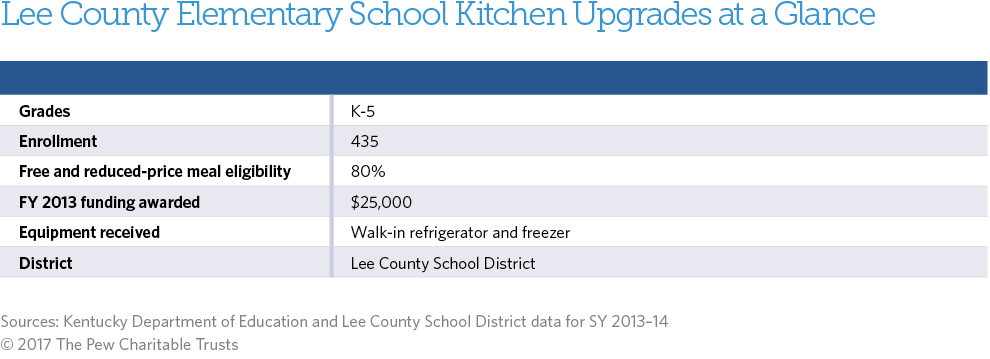Lee County Elementary School
Beattyville, Kentucky
Lunchtime at Lee County Elementary School tends to be a full house, especially since 2014, when two elementary schools merged. More than 8 in 10 of the school’s students qualify for free or reduced-price meals, and the food served in the cafeteria is often their best source of nutrition each day. One challenge created by the merger was greater demand for fresh produce and a lack of space to store it. So the school applied for and received a U.S. Department of Agriculture grant to purchase a walk-in cooler and freezer.
“Even when we transferred equipment from the closing school, there still wasn’t enough room for all of the fresh foods we needed to serve meals,” said Teresa Thomas, the school’s food services director.
Now the staff can offer much healthier meals, using fresh ingredients while reducing costs. “The new cooler space helps us handle larger deliveries on-site, which saves money that would have otherwise been spent on off-site storage and delivery fees,” said Thomas.
The additional chilled storage space allows the school to offer a greater variety of fruits and vegetables. Fresh pineapple chunks, mixed tropical fruit, honeydew slices, watermelon, and cantaloupe are a few of the students’ favorites. “Serving fresh watermelon has become so much cheaper and tastier now that we have storage for whole melons and can chop it into cubes on-site,” said Thomas. “And the kids will tell you, it’s a whole lot yummier this way, too!”
But perhaps the greatest benefit of the additional storage is the staff’s ability to cook more dishes from scratch in order to provide more nutritious and appealing meals to students. The staff takes this responsibility seriously: During lunch hours, everyone from the principal to the janitor is in the cafeteria talking with the students and encouraging them to try the healthy offerings.
Lee County’s students show their appreciation by drawing pictures of fruits and vegetables—accompanied by messages about why they enjoy these healthy foods—that adorn the cafeteria walls.
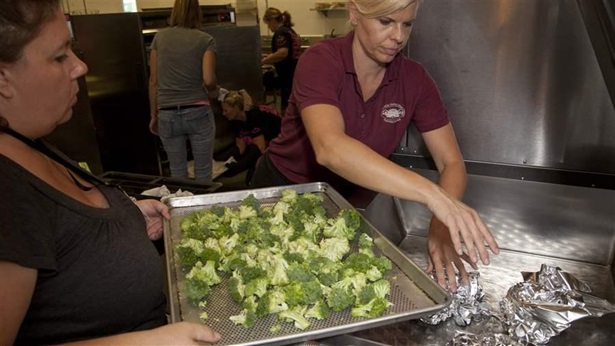
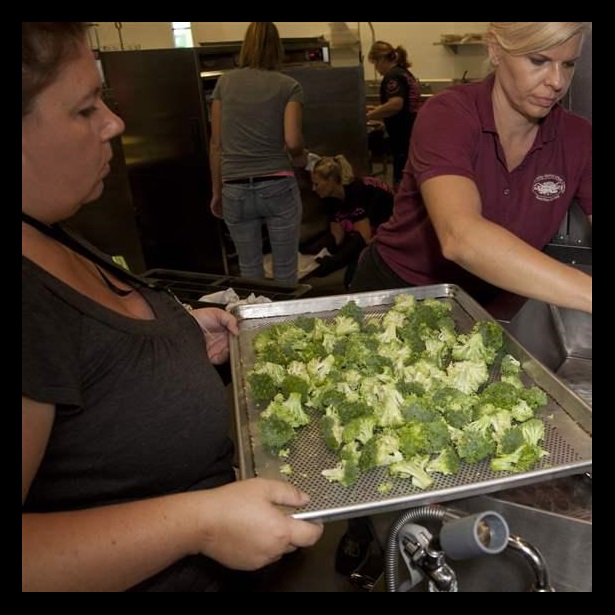
USDA’s School Kitchen Grants Benefit Meal Programs and Students
The right equipment makes a difference in efficient...
Learn More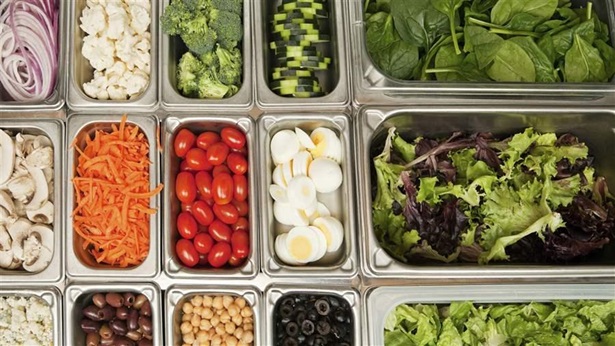
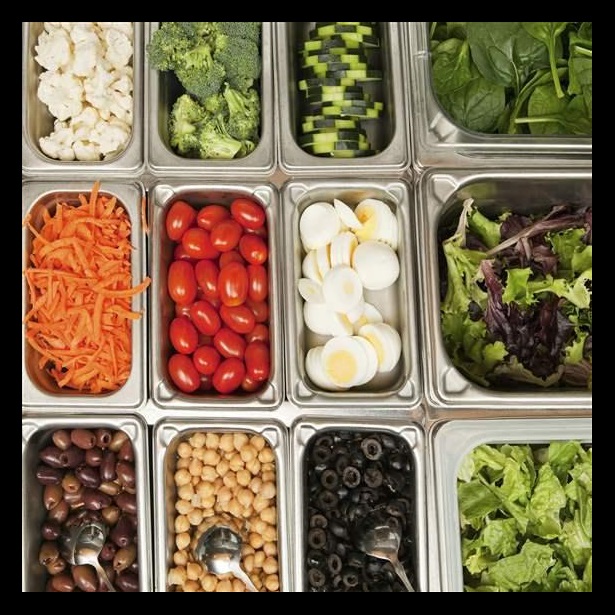
School Nutrition Gets a Boost From USDA Kitchen Equipment Grants
School Nutrition Gets a Boost From USDA Kitchen Equipment Grants
Learn More